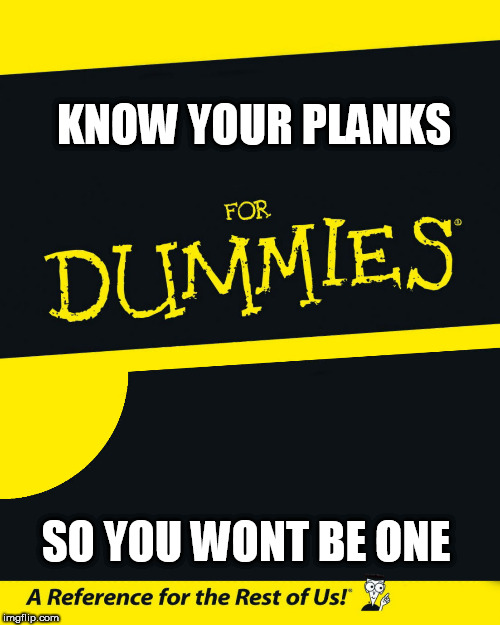Do you disagree with what I have said?some random bloke on the internet.
Its not there to prevent spread.
Do you disagree with what I have said?some random bloke on the internet.
Its not there to prevent spread.
I will recommend my new book for their Christmas stocking ....if they have not been naughty this year.You try convincing them lot ^^^^.
 https://imgflip.com/memegenerator
https://imgflip.com/memegeneratorCan I have a copy please....I will recommend my new book
I've texted the man for you. Check your stocking on the 25th, the decision is out of my hands, sorry.Can I have a copy please....
it's further up it's in compression preventing deflection or stabilising the ridge.
That's right, but where the chord (collar) is placed will depend whether its in tension (lower half of the rafter) neutral (centre) or in compression (top half). Likewise, that will determine what the collar is actually doing - stopping spread (lower half) stopping deflection (upper half).I don't see that.
If you prop two bits of wood against each other on a slippery surface they will try to splay out. You can stop them doing that by tieing a cord between them at any point along their length, even near the apex.
That's right, but where the chord (collar) is placed will depend whether its in tension (lower half of the rafter) neutral (centre) or in compression (top half).
.
You can't push with a piece of string!
I'm not sure what point you are making.But in my example of the two sticks tied together with a piece of string, it can't be in compression. If the ends of the sticks splay out, then they will move apart throughout their length - mostly at the bottom, a bit at the top, but the string will still be in tension. You can't push with a piece of string!
But in my example of the two sticks tied together with a piece of string, it can't be in compression. If the ends of the sticks splay out, then they will move apart throughout their length - mostly at the bottom, a bit at the top, but the string will still be in tension. You can't push with a piece of string!
I don't see that.
If you prop two bits of wood against each other on a slippery surface they will try to splay out. You can stop them doing that by tieing a cord between them at any point along their length, even near the apex.
If you need to find a tradesperson to get your job done, please try our local search below, or if you are doing it yourself you can find suppliers local to you.
Select the supplier or trade you require, enter your location to begin your search.
Are you a trade or supplier? You can create your listing free at DIYnot Local
